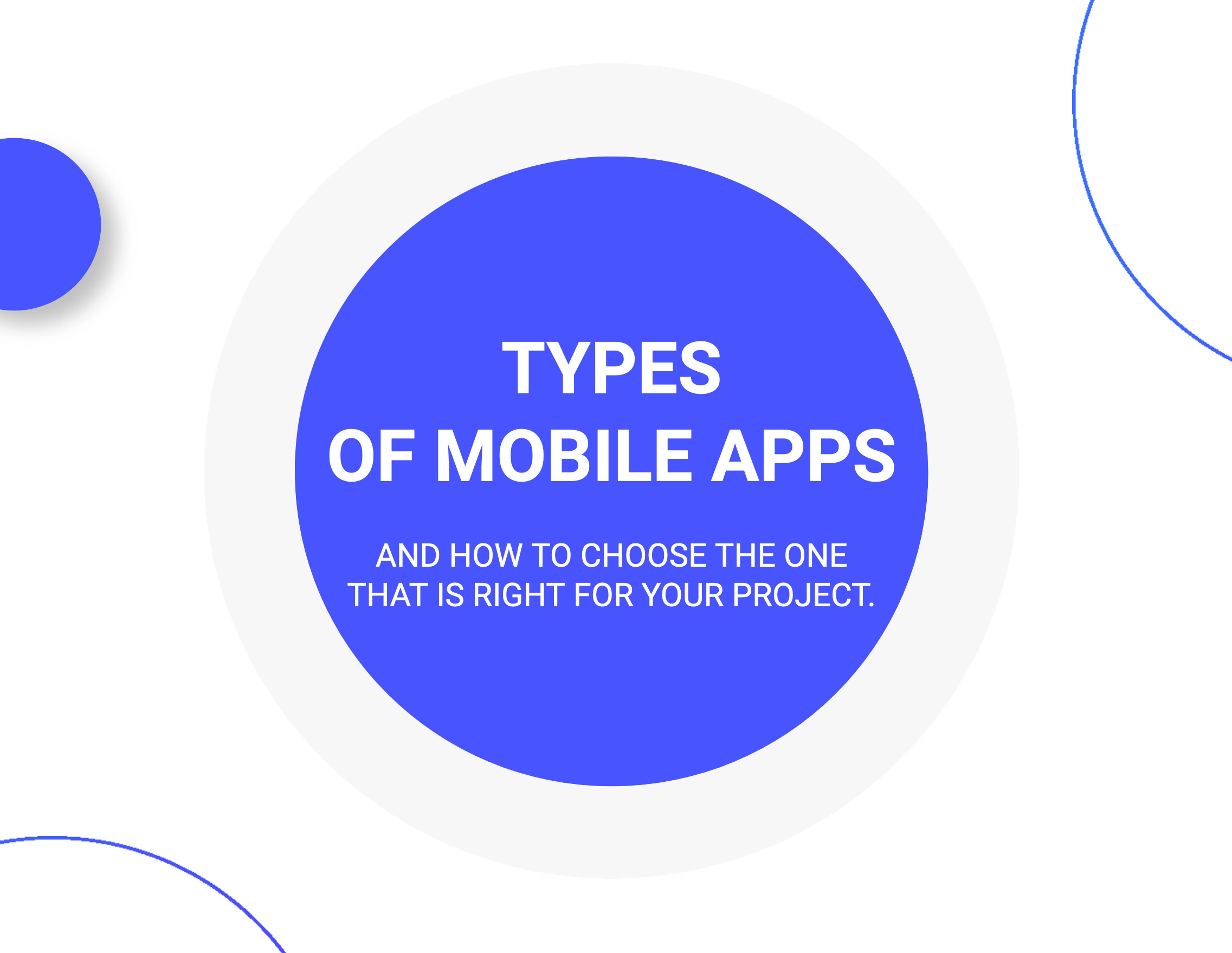Client education is paramount to a successful project. It allows for trust and transparency to exist and fosters better collaboration. One topic that comes up frequently for us is the different types of mobile applications available, and which type of mobile app best fits a specific project.
Our everyday interactions with mobile apps tend to be so seamless and easy (open your app store and download) that the nuances of the different types available are often not considered. For this reason, we developed a Miro template to be used with prospective and existing clients that are looking to develop a mobile app.
What does the Miro Template contain?
- A summary of the four most common types of mobile applications:
- Responsive Web Applications
- Progressive Web Applications
- Hybrid Mobile Applications
- Native Mobile Applications
- A collaborative activity to help decide what type of mobile application best fits your client’s situation.
Why did we choose Miro for this template?
Miro is one of those tools that fills the gaps in our organization. Its ability to free form canvases tends to encourage interaction and collaboration more than a static powerpoint. In this specific template focusing on mobile application types and the ultimate decision to use one type over another, we needed to both present information clearly and cleanly, but also have an activity available to actually come to some conclusion based on empirical data.
This is why the second component of the template is so important, and why Miro powerfully allows us to accomplish our objective of not only educating our client on the specific topic of mobile app types, but also enabling them to understand and appreciate the development direction that will be taken.
Instead of us dictating a development path to our collaborator or client, we are able to justify and explain why we are taking the route we choose.
Access the Miro Template to start using it, via your Miro Login.
Why Choosing the Right Type of Mobile App is Important.
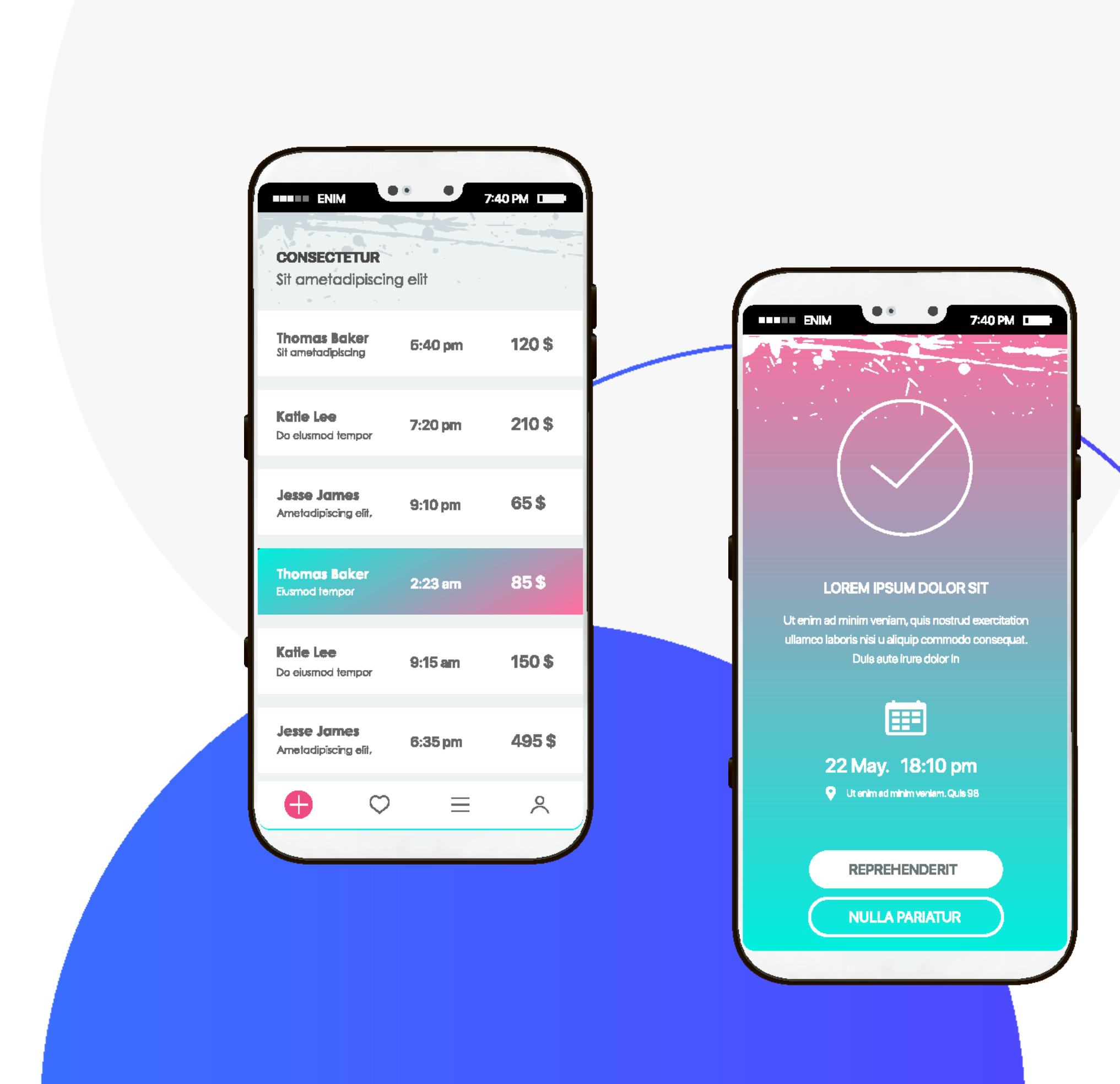
Diving into a technology venture might already be intimidating. There are many choices thrown at you throughout the course of a technology venture, and you may not have even realized there are more than one type of mobile app.
There isn’t a one magic solution to this question. Like any technology project, your context, constraints, and goals drive this decision. But you want to get it right because it could save you time and money in the long run. Jumping blindly into app development decisions without considering the why behind them could be detrimental and derail your project.
This guide will breakdown the common types of mobile apps and lead you through a quick activity to help you determine which type might suit you best.
1. Responsive Web Application
A responsive web app isn’t actually a mobile application. It’s just a cloud based web application accessed through a mobile device’s internet browser.
- Low cost if you already have a web application
- Access requires the user to first access a internet browser through their mobile device
- Users cannot download the app via an app store
- Straightforward to maintain
- Some native device functionality may not be possible (accurate GPS for example)
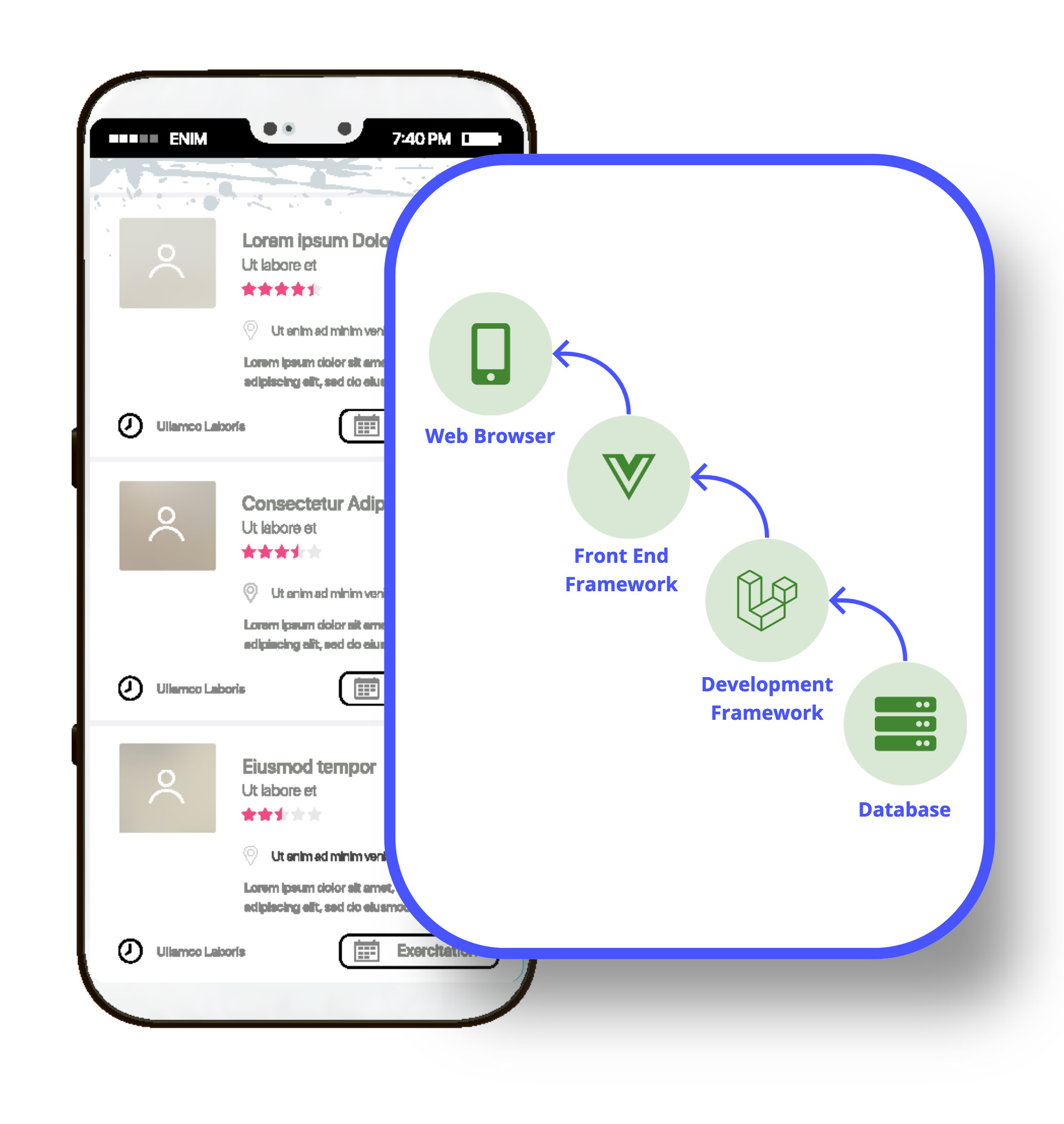
2. Progressive Web Application
A Progressive Web App wraps a responsive web application into a format that can be downloaded via an app store. That being said, it’s essentially still a responsive web app.

- Low cost if you already have a web application
- Users can download the app via an app store
- Medium level of maintenance due to interacting with the app store requirements
- Some native device functionality may not be possible
- Some limitation based on specific device browser supports
3. Hybrid Mobile Application
A Hybrid App leverages a codebase that is compatible with both Android and iOS devices. This allows for a single codebase to be programmed and maintained.
- A higher cost than a responsive app or PWA, but still an efficient use of code
- Users can download the app via either app store
- Medium level of maintenance due to interacting with the app store requirements
- Some native device functionality requires customizing the code base to accommodate
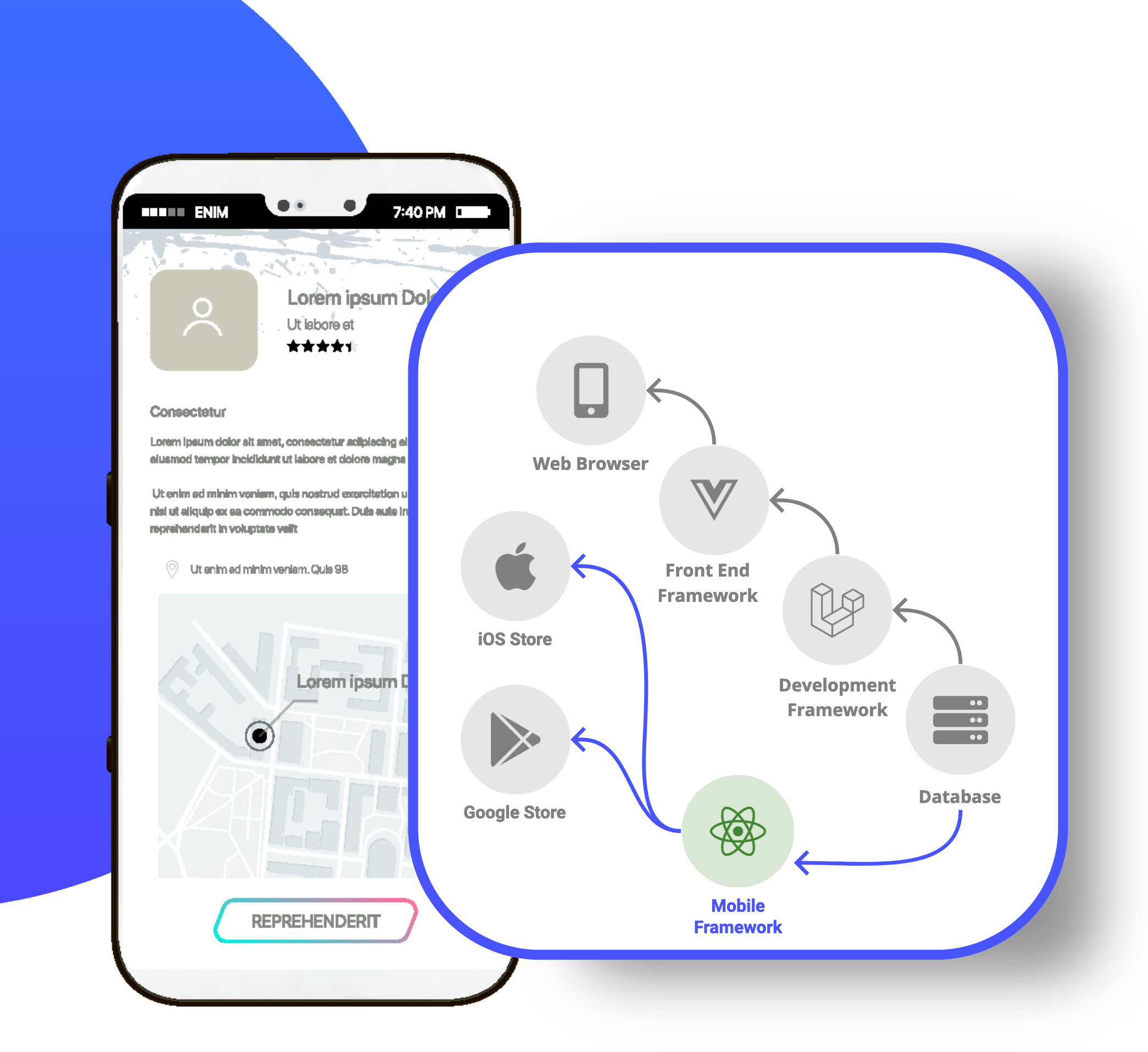
4. Native Web Application
Native web applications utilize frameworks designed specifically for certain devices and operating systems.
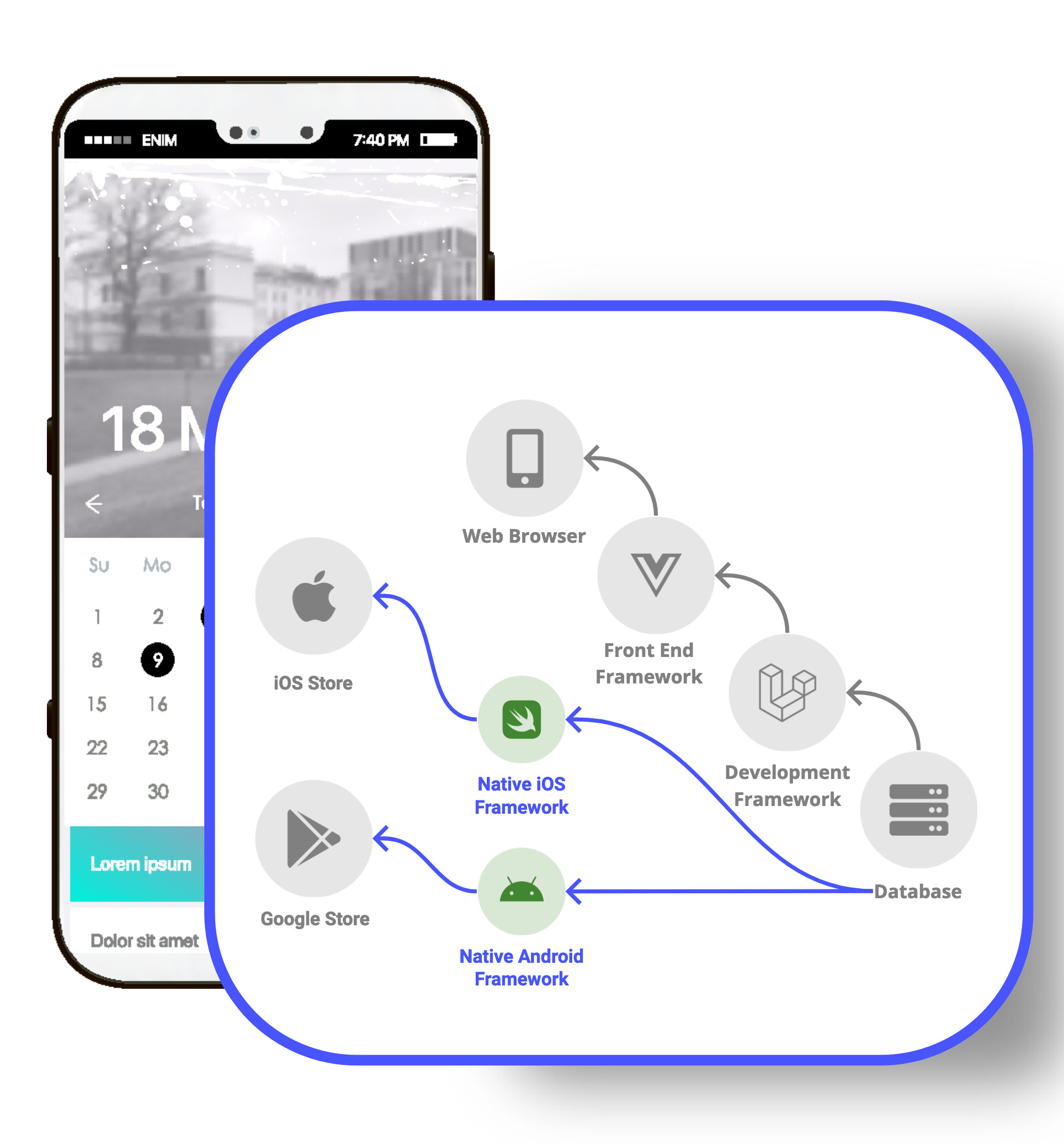
- Required to maintain multiple code bases if you intent to deploy to multiple app stores or have your app used by multiple operating systems
- Requires deployment to, and maintenance within, the app stores
- All device functionality likely to be available for use
Now that you understand the different types of mobile applications, visit the Miro Template to complete the activity and find the right fit for your project.
Make sure to reach out to our team if you would like to make use of our expertise, or check our work to see the types of mobile applications we have developed.
Written by: Nathan Plumb – Managing Director

